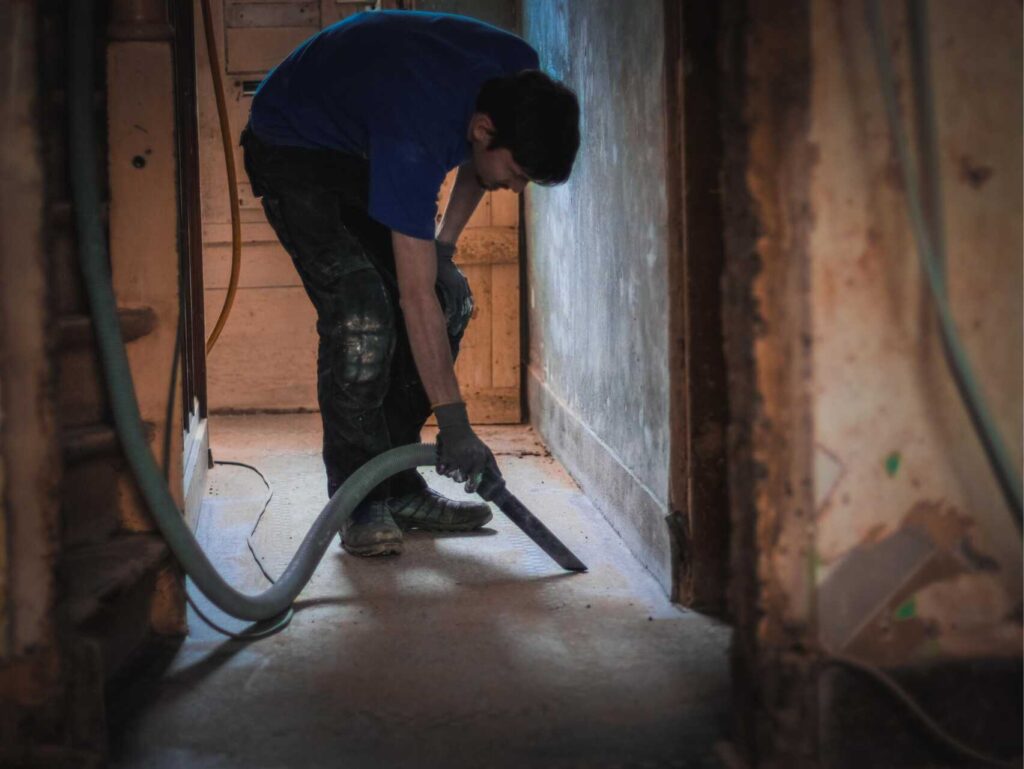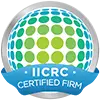
Contents
Did you know that improper cleanup after a mess can lead to health hazards and long-term damage? It’s vital to approach any cleanup with a systematic plan and the right tools. You can ensure a thorough and effective process by understanding the risks and following essential safety precautions. But what steps should you take to manage the situation effectively and prevent future issues? Let’s explore the details together.
Key Takeaways
- Assess the situation to identify hazards and determine the best approach for cleanup.
- Always wear appropriate protective gear, including gloves, masks, and goggles, to ensure safety.
- Use a wet/dry vacuum for efficient removal of liquids and debris from the affected area.
- Clean and disinfect surfaces thoroughly, allowing disinfectants to sit for the recommended time for maximum effectiveness.
- Implement preventive measures, such as regular inspections and proper disposal practices, to avoid future messes.
Understanding the Dangers of Sewage Backup
When you experience a sewage backup, it’s vital to understand the associated dangers. Sewage isn’t just unpleasant; it poses serious health risks. Contaminants in sewage can lead to infections and diseases, affecting your family’s overall well-being.
Common backup causes include clogged pipes, tree root intrusion, or even heavy rainfall overwhelming your drainage system.
Recognizing these risks helps you take swift action. The stagnant water can harbor bacteria, viruses, and parasites, all of which can severely impact your sewage health. You might notice symptoms like nausea or skin irritation if exposed.
It’s important to identify the source of the backup to prevent future incidents. Regular maintenance of your plumbing can minimize risks and keep your home safe.
Understanding these dangers fosters a sense of community responsibility, ensuring that you’re protecting your family and your neighbors.
Essential Safety Precautions Before Cleanup
Before diving into the cleanup process, it’s crucial to prioritize safety to protect yourself from potential hazards. Start with a thorough hazard assessment to identify risks associated with sewage backup. Equip yourself with the right personal protective equipment (PPE) to shield against contaminants. Here’s a quick guide:
| Hazard | Recommended PPE | Notes |
|---|---|---|
| Bacteria & Viruses | Gloves, Masks | Change frequently during cleanup |
| Chemical Exposure | Goggles, Face Shields | Ensure a snug fit |
| Slippery Surfaces | Non-slip Boots | Check for good traction |
| Sharp Objects | Durable Gloves | Inspect for cuts |
| Dust & Debris | Respirators | Use N95 or better |
Taking these precautions sets a solid foundation for a safer and more effective cleanup. Remember, your well-being is the top priority!
Step-by-Step Guide to Sewage Cleanup
As you prepare to tackle sewage cleanup, it’s essential to approach the task systematically to ensure thoroughness and safety.
Start by wearing protective gear, including gloves and masks. Next, locate the source of the sewage and stop any leaks if possible. For effective sewage removal, use a wet/dry vacuum to extract contaminated water, ensuring you dispose of it properly.
Once the bulk is removed, focus on odor control by ventilating the area. Open windows and use fans to circulate air. Sprinkle baking soda or use commercial odor neutralizers to help eliminate lingering smells.
After that, thoroughly clean hard surfaces with a mixture of water and a suitable detergent.
Finally, don’t forget to safely dispose of any contaminated materials, like rugs or carpeting. Following these steps protects your health and fosters a sense of accomplishment in restoring your space.
Effective Techniques for Disinfecting Affected Areas
To effectively disinfect areas affected by sewage, start by selecting the right disinfectant to confirm it’s suitable for the surfaces you’re treating.
Look for products labeled as effective against pathogens commonly found in sewage. Once you’ve chosen your cleaning supplies, make sure you wear protective gear, including gloves and masks, to safeguard yourself.
Begin by removing any visible debris, then apply the disinfectant generously to the affected surfaces. Allow it to sit for the recommended contact time to effectively kill germs.
After that, scrub the surfaces thoroughly to make certain all areas are disinfected. Rinse with clean water to remove any residue.
Don’t forget to disinfect frequently touched areas nearby, like doorknobs and light switches.
Finally, dispose of any used cleaning materials safely. By following these precise steps, you’ll create a safer environment, fostering a sense of belonging in your space.
Preventive Measures to Avoid Future Sewage Issues
While it might seem intimidating, taking preventive measures against sewage issues can save you time and stress in the long run.
Start with regular inspections of your sewage system; this proactive approach helps identify potential problems before they escalate. Make a schedule for these inspections, ideally every year, to ensure nothing goes unnoticed.
Next, keep an eye on what goes down your drains. Avoid flushing anything other than toilet paper and human waste. Educate your family about the importance of this practice.
Additionally, invest in professional sewage system maintenance. A qualified technician can perform necessary repairs and cleanings, ensuring your system operates efficiently.
Lastly, consider installing backflow valves to prevent potential sewage backups.
Summary
As you stand amidst the remnants of chaos, the air thick with the scent of dampness, remember that a meticulous approach transforms disorder into clarity. With each step, you restore your space and fortify it against future mishaps. Picture the gleaming surfaces, free of grime, and the peace that comes from knowing you’ve mastered the art of cleanup. Embrace this newfound knowledge, and let it guide you toward a cleaner, safer environment for all.
Recent Posts
Swift Solutions for Unwanted Waste Woes
Imagine a foul odor creeping through your home, signaling a sewage backup that disrupts your
Why Effective Cleanup Matters for Homeowners
As a homeowner, effective cleanup is essential for protecting your property and maintaining its value.
Top Methods for Home Waste Cleanup
Like a well-prepared firefighter tackling a blaze, you must approach home waste cleanup with strategy




